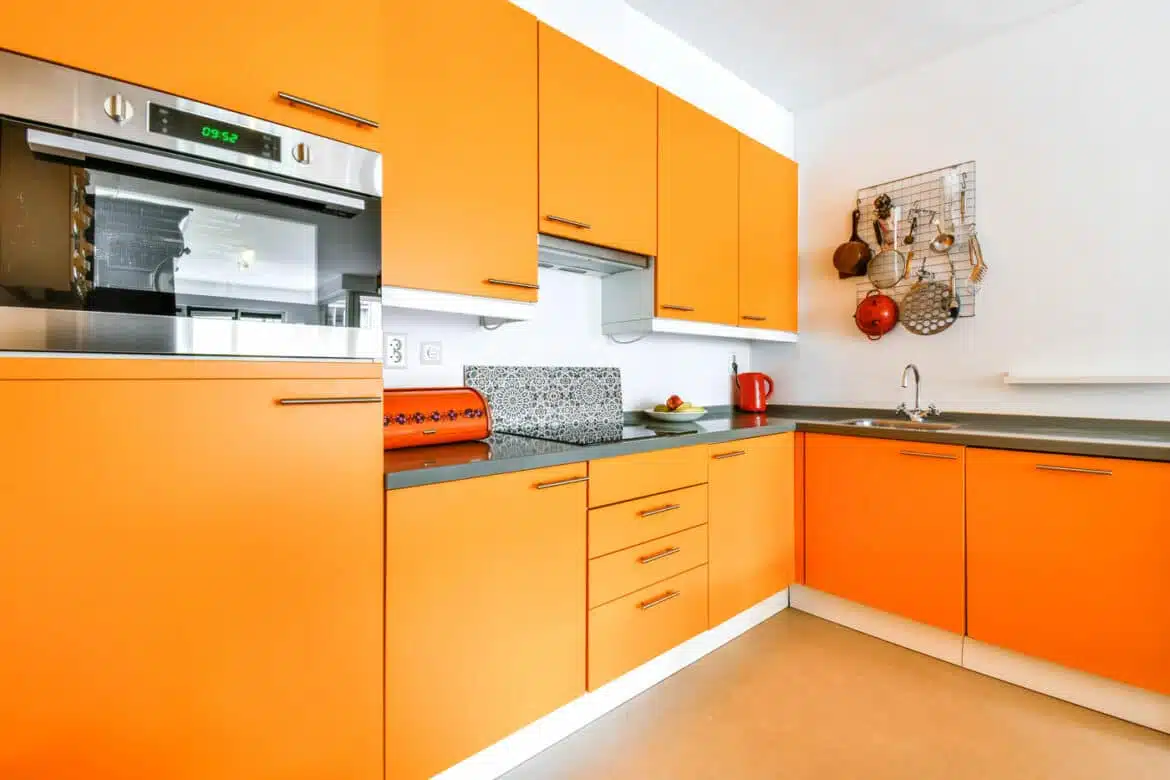447 For energy-efficient cooking
This post is also available in: ![]() Deutsch
Deutsch ![]() Français
Français
Preparing good food means spending a great deal of time in the kitchen. It’s therefore important to know (and follow!) certain rules to use appliances intelligently and avoid unnecessary energy consumption.
For energy-efficient cooking - Choose the right size pan for the size of your hob: too small and you’ll waste heat and energy; too big and it’ll take too long for your food to cook.
- Pans should have a flat bottom and a tight-fitting lid, to prevent too much heat from escaping.
- Switch off the hob before the end of the cooking time (10 minutes for vegetables or rice) and use the residual heat to finish cooking your food. Do the same when cooking food in the oven.
- Preferably use a glass lid, so that you can keep an eye on the food without having to keep lifting the lid.
It’s fine to use a dishwasher, as long as you use it properly! - When you choose the right model and programme, your dishwasher will consume less water and energy than washing up by hand. Opt for a model with an A or B energy label and use the ECO function to save energy.
- Only put the dishwasher on when it is full.
- Avoid rinsing dishes before putting them in the dishwasher.
Keep your fridge away from heat! - If you’re in the process of designing your kitchen, remember to position your fridge well away from your oven.
- Wait for hot food to cool down before putting it in the fridge.
- Make sure you store food appropriately on each dedicated shelf, so that you can quickly and easily find what you’re looking for.
- You can save 15% energy when you increase the temperature of your fridge from 5°C to 7°C.
Make full use of your oven - If you have a fan oven, use it to cook food simultaneously on more than one level.
- Pastries, roasts and casseroles can all be cooked without preheating your oven. Preheating is only rarely required (even though it is often written in recipes).
- Remove any baking trays that you don’t need from the oven, as heating them consumes additional energy.
- When you choose the right model and programme, your dishwasher will consume less water and energy than washing up by hand. Opt for a model with an A or B energy label and use the ECO function to save energy.
- Only put the dishwasher on when it is full.
- Avoid rinsing dishes before putting them in the dishwasher.
Keep your fridge away from heat! - If you’re in the process of designing your kitchen, remember to position your fridge well away from your oven.
- Wait for hot food to cool down before putting it in the fridge.
- Make sure you store food appropriately on each dedicated shelf, so that you can quickly and easily find what you’re looking for.
- You can save 15% energy when you increase the temperature of your fridge from 5°C to 7°C.
Make full use of your oven - If you have a fan oven, use it to cook food simultaneously on more than one level.
- Pastries, roasts and casseroles can all be cooked without preheating your oven. Preheating is only rarely required (even though it is often written in recipes).
- Remove any baking trays that you don’t need from the oven, as heating them consumes additional energy.
- If you have a fan oven, use it to cook food simultaneously on more than one level.
- Pastries, roasts and casseroles can all be cooked without preheating your oven. Preheating is only rarely required (even though it is often written in recipes).
- Remove any baking trays that you don’t need from the oven, as heating them consumes additional energy.


